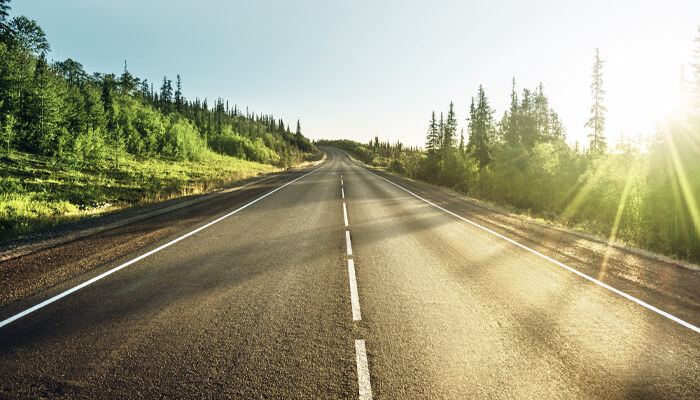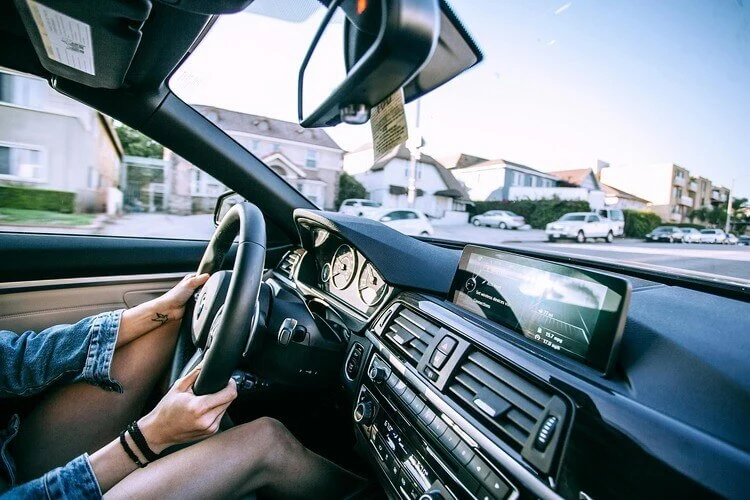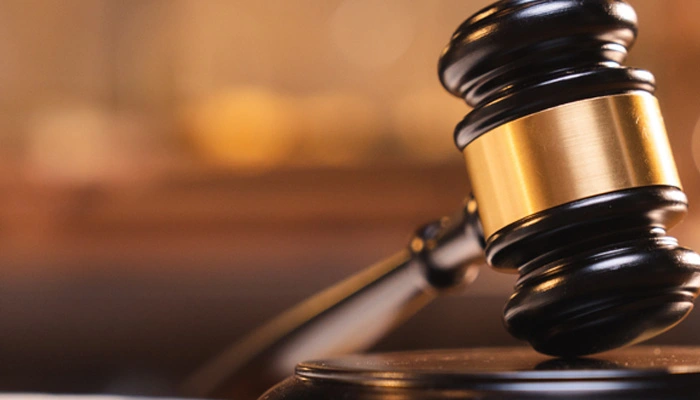Debunking Myths on Lowering Your BAC & Sobering Up Fast
Drinking caffeine, tricking breathalyzers, eating food, even sucking on pennies. People believe and then circulate these and countless other myths that claim to help you sober up after drinking.
The truth is these urban myths aren’t grounded in factual information and their “tricks” will do nothing to lower your blood alcohol concentration (BAC).
Let’s examine what BAC is and debunk some common myths on sobering up.
What is BAC?
Your BAC (blood alcohol concentration) level is the amount of alcohol present in a volume of blood equal to 100 milliliters (ml), or 1 deciliter.
In most states, your BAC must be lower than .08 to drive legally, which means you have .08 ml of alcohol in 100 ml of blood. Utah has a legal limit of .05 and several other states are considering adopting the .05 limit.
Many factors determine your BAC and influence alcohol’s effects on your body: the types of alcohol you drank, the amount consumed, your body weight, how much you’ve had to eat, your body fat percentage, individual digestion, gender, age, and more factors.
Myths Claiming to Lower Your BAC
These fabled tactics claim to sober you up, lowering your BAC so that you can safely drive home. But following these “tricks” could instead result in getting a DUI on your way home.
Drinking Coffee
Many people believe that drinking strong coffee for its caffeine will counterbalance the effects of alcohol. The caffeine may ward off sleepiness, but it won’t change how alcohol decreases your coordination, slows your reaction time and negatively affects your decision-making. Drinking coffee after alcohol might actually trick a driver into thinking they’re safe to drive when, in fact, they are still too drunk.
Tricking a Breathalyzer
If you’ve been at a bar and are hopping in your car after drinking, you might be tempted to pop in a piece of gum or a mint to help cover the smell of alcohol on your breath. And while you might cover the smell, you won’t trick a breathalyzer, commonly called an ignition interlock device.
These devices use fuel cell technology to measure your breath alcohol concentration (BrAC), the presence of alcohol molecules in your breath sample — no gum, mint or food will prevent the device from detecting the presence of alcohol. And yes, the same principle applies to pennies, which are not only ineffective at masking your BrAC, but are also covered in germs.
Taking a Shower
While taking a shower might help you become more alert, there is no evidence that it helps rid your body of alcohol to sober you up.
Eating Food
There’s some truth to this myth. Food slows the absorption rate of alcohol. This means that food present in your body before drinking alcohol will absorb a small portion of the alcohol before it enters your bloodstream.
However, food will not wholly absorb what you drink, and once alcohol hits your bloodstream, it will take effect. Some also believe that eating after drinking will sober you up, but since the alcohol has already entered your bloodstream, this is not true.
Mixing Alcohol with Energy Drinks
Plenty of bar menus feature cocktails that contain both alcohol and energy drinks. Some people claim the high amounts of caffeine in energy drinks prevents alcohol from taking effect.
Even though these energy drinks are a stimulant and will make you less sleepy, they do not prevent or reduce intoxication levels when mixed with alcohol. In fact, some studies suggest drinking too many of these cocktails could lead to riskier behavior, heart palpitations, and insomnia.
Only One Drink Per Hour
In order to drink socially without becoming drunk, some people often recommend drinking only one alcoholic beverage per hour. While your body will process some of the alcohol you drink every hour, it doesn't process and eliminate the actual alcohol content at the same rate that it enters your bloodstream. You will likely become more impaired with every hour and every drink you have.
How to Estimate Your BAC
Several online calculators offer to estimate your BAC using information such as your weight, amount of alcohol consumed, alcohol percentage and length of time you’ve been drinking in order to calculate a number.
While these tools can be helpful in estimating your BAC, they only provide rough estimates and should not be relied upon for their accuracy. Many do not consider several important factors that contribute to your BAC, including the fact that many alcohol labels have been found to be inaccurate.
A breathalyzer or ignition interlock device will accurately measure your BrAC, determining if you are within legal limits. If you question your ability to drive, do not get behind the wheel.
How to Lower Your BAC
The only way to lower your BAC is time. On average, your BAC will drop at the rate of .015 per hour without any additional alcohol consumed.
This means that if you have a BAC level of .10, it will take about 6.5 hours for you to reach a non-measurable amount of alcohol in your bloodstream.
Drinking water will help hydrate you after a night of drinking, and while it will not flush alcohol from your system, water might help prevent or lessen a hangover the next morning.
If you’ve been drinking, it is always the safest and smartest choice to get a ride from a sober friend, use a rideshare service, or call a cab. The risk is not worth putting your life and the lives of others in danger.
For more information about an Intoxalock ignition interlock device, call our state specialists at 833-623-0200.




